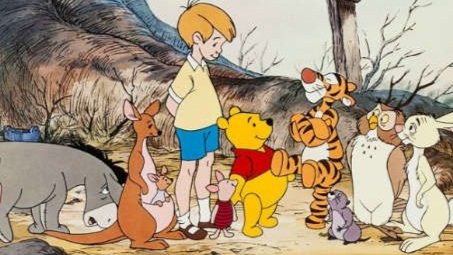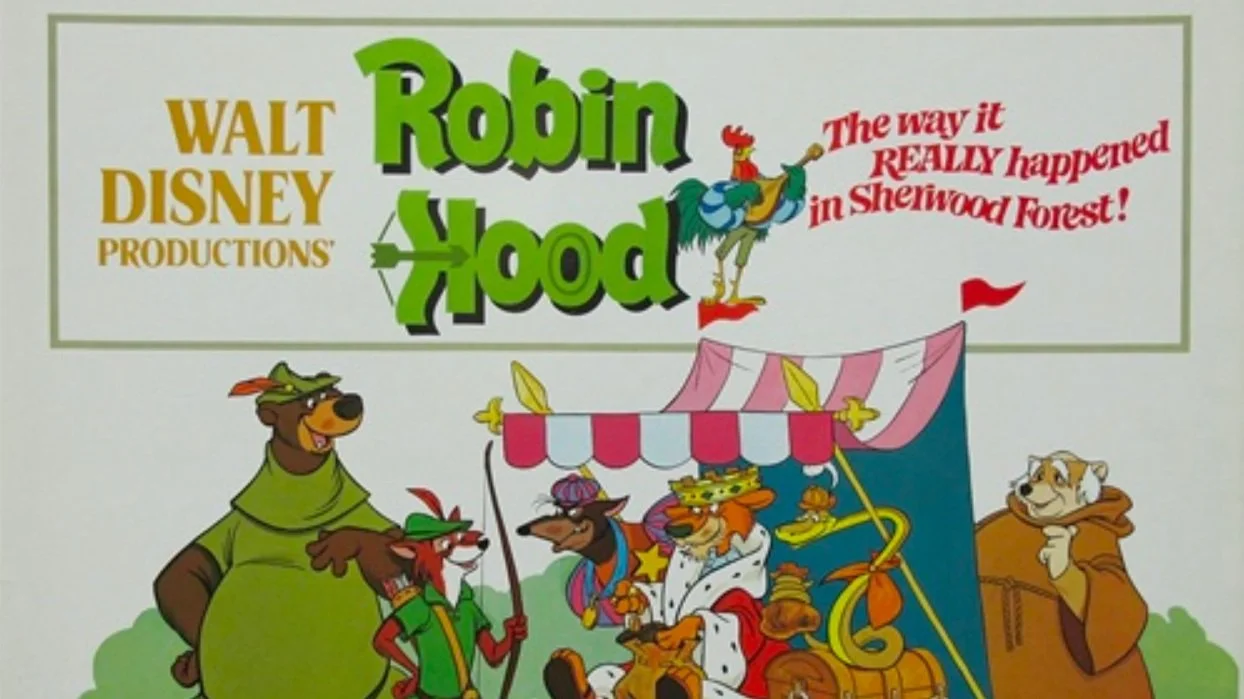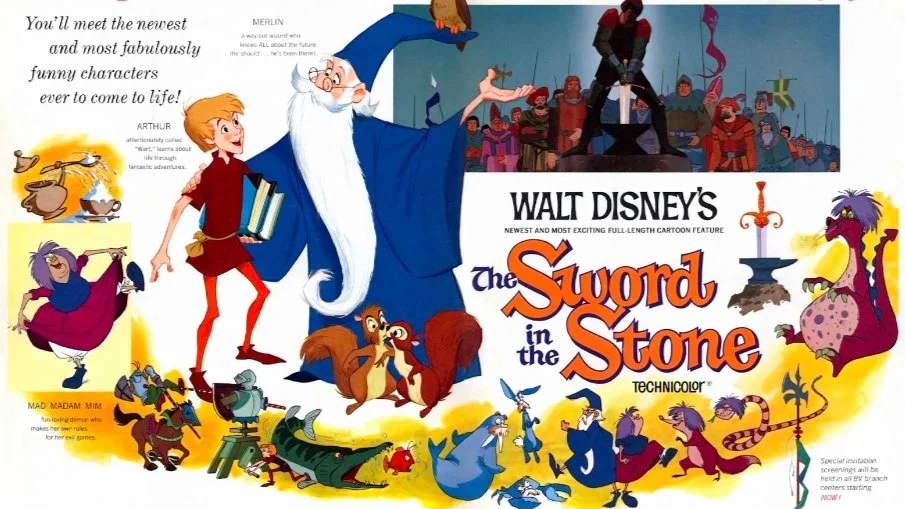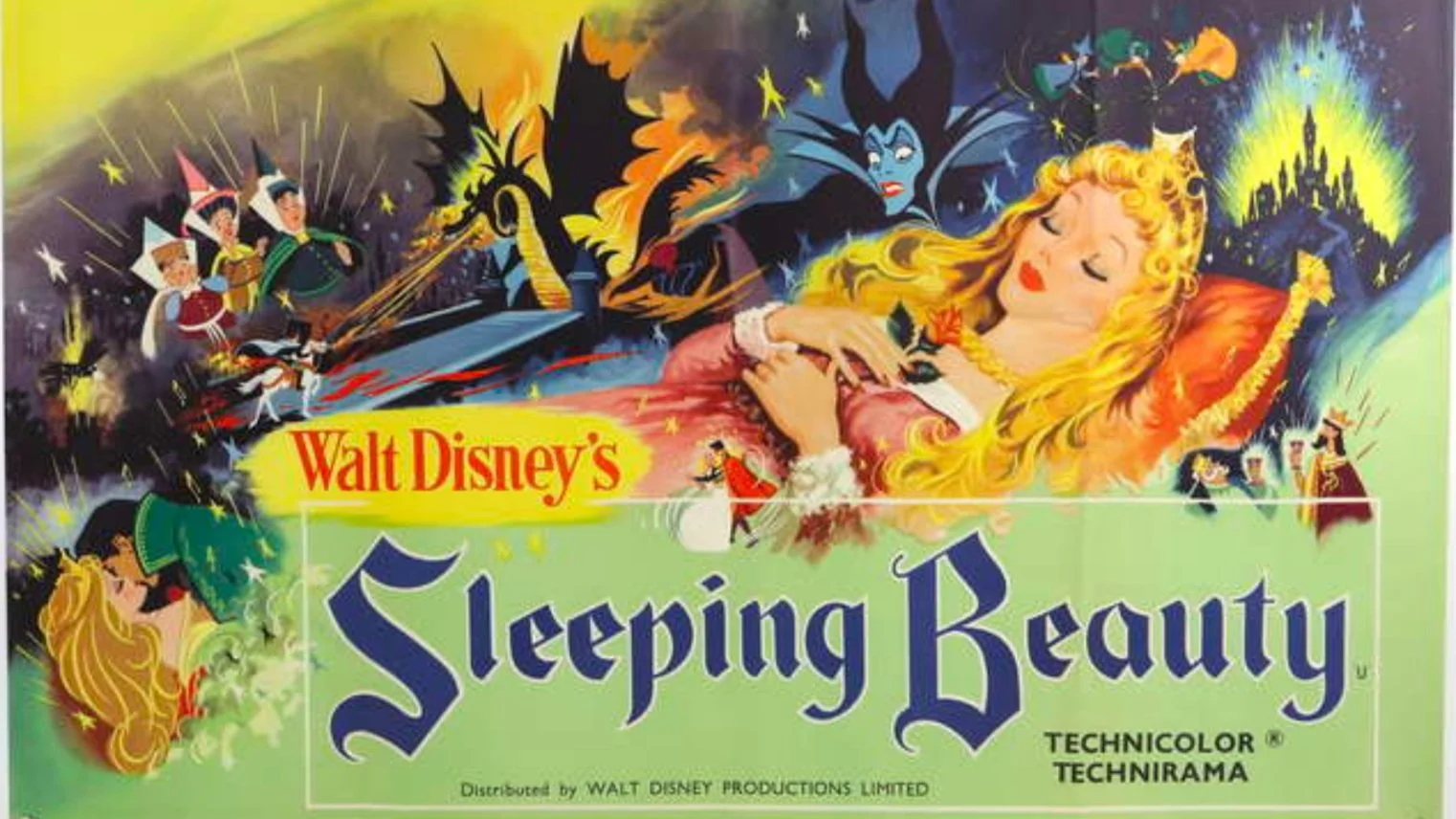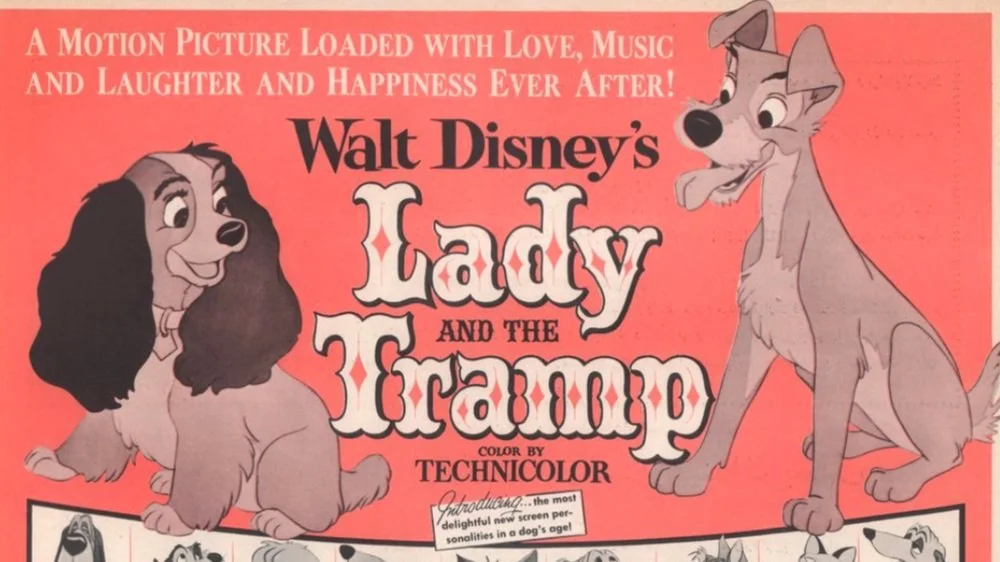Beginner's Guide to Alfred Hitchcock: The Ring (1927)
Most screenwriters who worked with him will tell you: Alfred Hitchcock had a heavy hand in developing the screenplays for his films. This is especially true in later years. Hitchcock never took credit for his work on the screenplays, even though he often dictated how his stories would go. I always found that interesting but somewhat baffling. So imagine my surprise when Hitchcock was the sole credited writer on The Ring, his silent boxing romantic-drama. The Ring is a very different kind of movie for the director, as many of these early films were, but I found it to be an engaging, emotionally complex movie with some strong performances and neat visual touches.
“One-Round” Jack Sander (Carl Brisson) is an undefeated boxer who knocks his opponents out in one round. Jack is defeated by world champion Bob Corby (Ian Hunter). Impressed by Jack’s skills, Bob offers to be Jack’s sparring partner if he wins an upcoming fight. Bob, however, starts to develop feelings for Jack’s girlfriend Mabel (Lillian Hall-Davis), and Mabel reluctantly starts to feel the same way. What follows is a struggle between the two men over both their boxing titles and Mabel’s heart.
I’m not sure about the history of boxing movies, but I think it’s safe to say that this is one of the first. Hitchcock liked going to boxing matches in London, and he noticed that the spectators were mostly wealthy people. That’s where he decided to work on The Ring. Hitchcock said after The Lodger: A Story of the London Fog, this was the second film that felt like a real Hitchcock picture. He didn’t like working on adaptations at this point in his career — and studios still mandated that films adhere to the source — so he delighted to work on an original story. His studio, British International Pictures, found his screenplay impressive with tight structure and solid characters.
Hitchcock’s direction here is better here than in his lesser silent work like Downhill and The Farmer’s Wife. At first I thought he was just impatient to work on thrillers. But The Ring does not have any crime or mystery elements. Hitchcock was just delighted to work on a story he felt passionate about. His use of montages effectively shows the passage of time. His editing is sharp, linking separate sequences together. There’s a really interesting scene where Jack throws a party after a match, and the guests toast Mabel with champagne. Mabel is with Bob, and she doesn’t show. The champagne goes flat. Another sequence shows Jack’s career on an upward trajectory with his name getting bigger on posters.
There are several issues with the film. The movie has a scene at a fair where people throw eggs at a Black man. And the “n-word” is used in one of the interstitials. The racism was casual and it was horrifying. No matter how timeless the imagery was, those moments really reminded me what a messed up time the 1920s were. And the film isn’t exactly a feminist triumph. Mabel does not get much character development and her flip-flopping between the two men just sort of happens. At least with the two men, their physical fights symbolize their emotional struggle for domination over each other, sexual or athletic. Much like other boxers’ girlfriends, Mabel goes where the script takes her.
Hitchcock got good performances from his lead actors. Carl Brisson is exceptional as Jack, with his tough physicality matching a broken-hearted man. Bob Corby is really great, too, as the maybe conniving, maybe sincere Bob. Lillian Hall-Davis rises above a flat character and is quite compelling especially in the climactic fight. Hitchcock said that when the film premiered, the audience clapped - a first for the young director. The Ring was not a commercial success, but has since become appreciated as a terrific silent drama. The racism is really upsetting (and might be why this movie isn’t as well-known), but The Ring is an engrossing early Hitchcock film.





